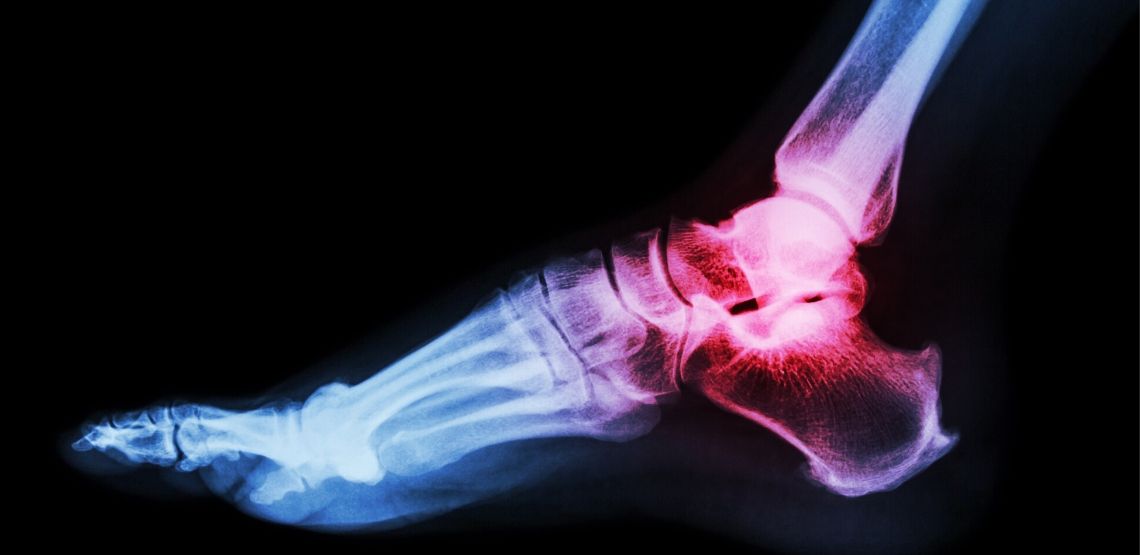What are Primary Immunodeficiency Diseases?
Someone with a primary immunodeficiency disease is more likely to get infections than the average person won’t. When they get sick, they are more likely to experience a more severe and longer-lasting sickness when compared to the general population. A treatment that helps is Xembify, a medication used to boost the immune system in individuals with primary immunodeficiency (PI).
Signs and symptoms of primary immunodeficiency diseases may involve the following:
- Recurring or frequent pneumonia, sinus infections, skin infections, ear infections, bronchitis and meningitis.
- Inflammation.
- Blood disorders, such as anemia.
- Digestive issues, like cramping, nausea, diarrhea or a loss of appetite.
- Delayed development.
- Autoimmune conditions, such as type 1 diabetes, lupus or rheumatoid arthritis
This article will explore primary immunodeficiency diseases, including common types of immunocompromised diseases and associated signs and symptoms.
Defining Primary Immunodeficiency Diseases
Primary immunodeficiency disorders cause a weakened immune system and are conditions an individual is born with. Individuals with this type of immune deficiency either lack certain parts of the immune system or have parts of the immune system that don’t function properly.
Related Search Topics (Ads)
With over 300 types of immunocompromised diseases, including primary and secondary types, some types go unnoticed until later in life, while others can cause some serious health scares.
Some common types of primary immunodeficiency diseases include:
- Common variable immunodeficiency (CVID).
- Severe combined immunodeficiency (SCID)/alymphocytosis.
- Chronic granulomatous disease (CGD).
Ultimately, these symptoms vary depending on the type of immune deficiency. Secondary immunodeficiency diseases, in comparison to primary immunodeficiency diseases, occur when an external entity, such as a toxin, interferes with your immune function.
While there are over 300 types of primary immunodeficiency diseases, including three of the most common ones listed above, they can further be classified into the following categories:
- T cell deficiencies.
- B cell deficiencies.
- Combined B and T cell deficiencies.
- Defective phagocytes.
- Unknown.
- Complement deficiencies.
You are more likely to have an immune deficiency if someone in your family also has one. Additionally, it’s important to get proper screening if a family member has been diagnosed with a primary immunodeficiency disease.
Getting a Proper Diagnosis
If you have close relatives with this type of disease or you have certain signs and symptoms, your doctor may have you undergo further testing to determine what’s going on.
This usually includes a blood test, which detects levels of immunoglobins that fight infections. Depending on your current symptoms, this blood test may determine how your immune system is reacting to an infection or if the number of immunoglobins is outside the standard amount.
Furthermore, testing may be done during pregnancy to determine if a child has a primary immunodeficiency disease. This may involve samples of tissue, blood or amniotic fluid.
Xembify for Primary Immunodeficiency (PI)
Xembify is a medication used to boost the immune system in individuals with primary immunodeficiency (PI). It contains a human immunoglobulin G (IgG) preparation derived from human plasma. Xembify is administered subcutaneously (under the skin) and is designed to provide a consistent and sustained level of immunoglobulin G in the body, helping to prevent infections in individuals with weakened immune systems due to conditions like PI.
Treatment of Primary Immunodeficiency Diseases
Treatment of these immunocompromised diseases usually comes down to management. This may involve:
- Preventing infections and illness as much as possible, including frequent handwashing, avoiding exposure and maintaining overall good physical health with good sleep, regular exercise and a healthy diet.
- Treating infections is almost ongoing with those with primary immunodeficiency diseases. Typically, this requires aggressive therapy since the immune system is unable to keep up and adequately fight off invaders. For instance, a longer course of antibiotics may be prescribed, or an individual may require hospitalization and an IV.
- Prevention may also limit the vaccines one can get. This is simply because receiving the vaccine may result in sickness due to a weakened immune system.
- Immunoglobulin therapy may also be explored on a case-by-case basis. This involves an injection or infusion of antibody proteins every week or every few weeks.
In some cases where the primary immunodeficiency disease is life-threatening, other treatment options may also be performed. Stem cell transplants can offer a permanent cure for some individuals with primary immunodeficiency diseases. However, this often comes with the risk of infection right before the transplant due to the requirement to destroy an individual’s existing immunity, so their body is primed for receiving stem cell transplants.
Gene therapy is another treatment option. This uses the individual’s own stem cells and includes replacing the genetic material in them. This also means no donor is necessary to complete this treatment regime.
At the same time, it’s important to note that the above treatment options may depend on the type of immune deficiency you have and its severity.
Additionally, you may seek out extra support in the form of one-on-one therapy or support groups. Support groups can help you feel less alone in your situation by connecting you with others facing similar health issues.


